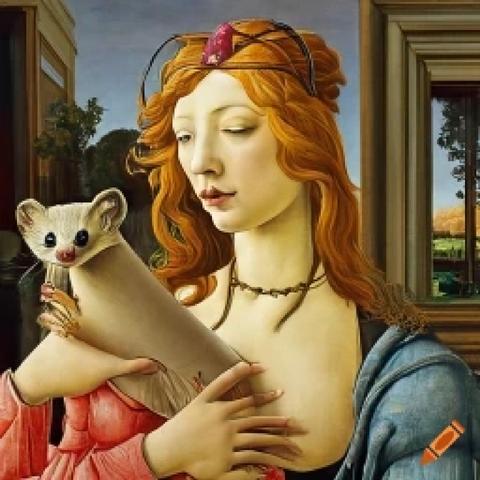Geezer says what
#Artifact
Shape of things to come
#HaikuADay #HaikuJournal #journal #haiku #senryu #artifact #craiyon
The weasel with the
easel was no Paladin.
Always ready to
connect with Botticelli
babes eager to misbehave
#tanka #TankaThursday #haiku #senryu #TodaysRiff #artifact #craiyon #poetry #poetrycommunity
Client Info
Server: https://mastodon.social
Version: 2025.04
Repository: https://github.com/cyevgeniy/lmst
